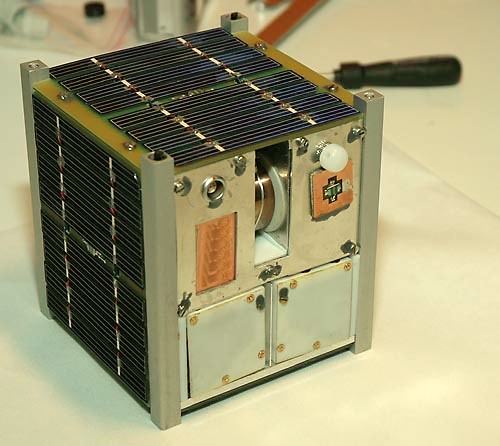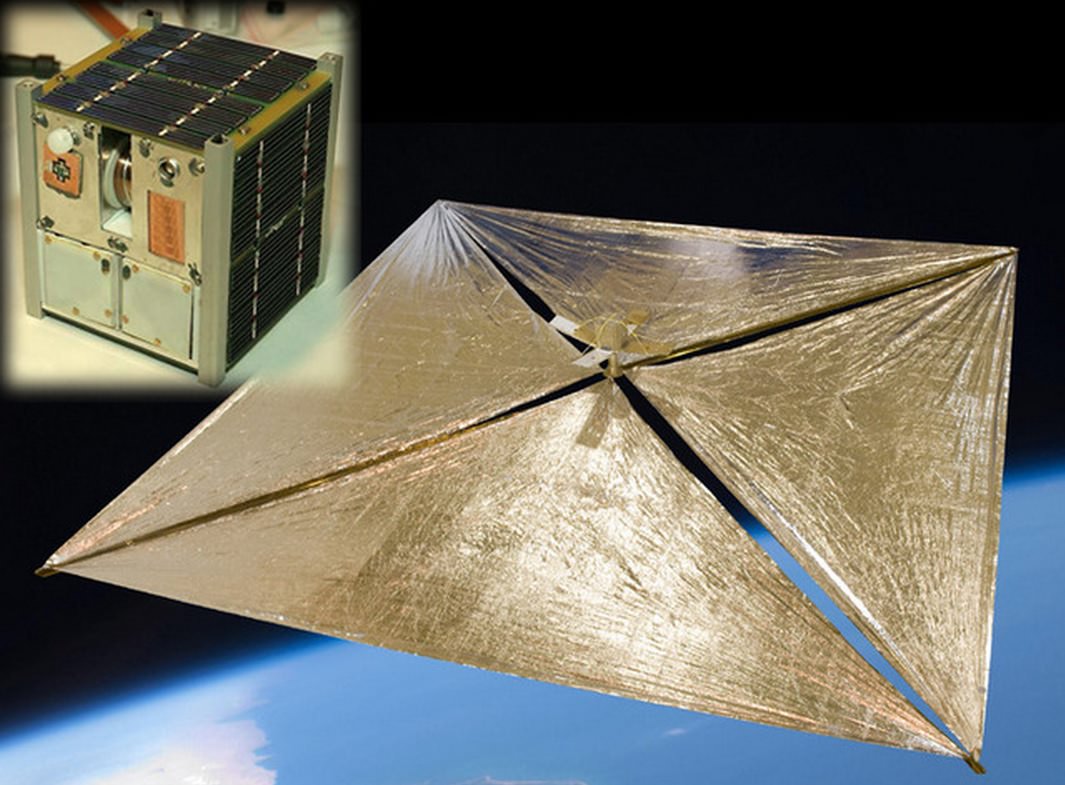It’s a tiny satellite with ambitious goals: to zip all the way from the Earth to the Moon using a solar sail. A typical “cubesat” satellite sticks around Earth’s orbit to do a science, but the team behind Lunarsail convinced dozens of crowfunding donors that their concept can go even further.
The team asked for $11,000 on Kickstarter and actually received more than $15,000. The next step is to submit a formal proposal to NASA to hitch a ride on a rocket and get into space. (An announcement of opportunity was on NASA’s website in mid-August, but the link is currently unavailable as the agency’s site is shut down amid the government furlough. The posted deadline was Nov. 26).
“Common sense seems to suggest that cubesats don’t have the power or the huge rocket they would need to reach the Moon. Common sense can be deceptive, though,” the team wrote on their crowdfunding campaign page.

“It doesn’t take a more powerful spacecraft … the satellite doesn’t care what orbit it’s in — it just does its thing. It also doesn’t require a more powerful rocket. All we need is a rocket powerful enough to put the spacecraft into an appropriate orbit around the Earth, and then we can take over and get ourselves to the Moon.”
The Aerospace Research & Engineering Systems (ARES) Institute, which is the entity behind Lunarsail, further plans to involve students in the campaign. It’s asking around to see if there are any interested parties who could “bring mission-related science activities to thousands of students, particularly those in minority and at-risk communities.” If this goes forward, students could participate through experiments, observations and also with mobile apps.
While the team acknowledges it takes time to get a concept on a rocket and into space, they have a goal of having everything “flight-ready” by December 2016. Follow updates on the project at its web page.

